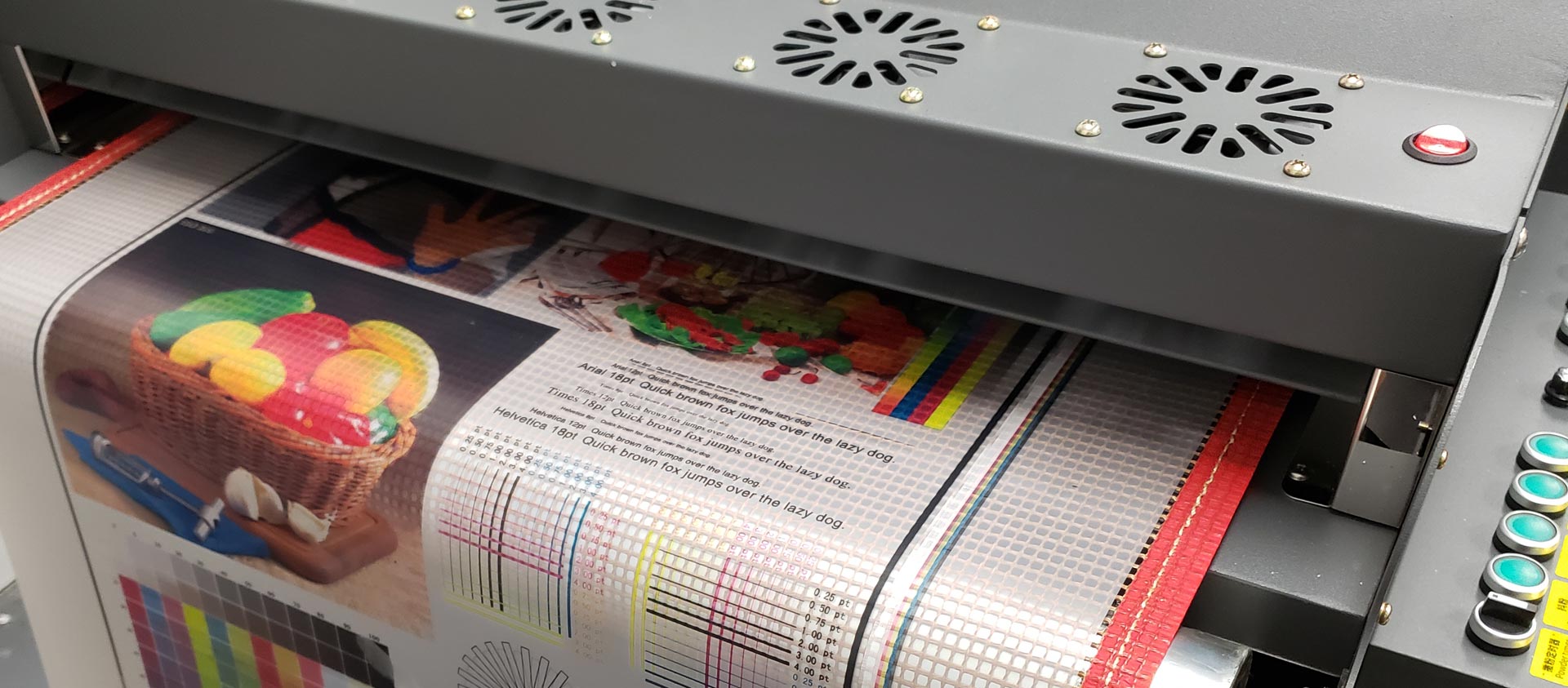Ultimate Overview to DTF Printing Methods for Spectacular Textile Layouts
Embarking on the journey of grasping DTF printing methods can open a globe of opportunities for developing aesthetically captivating textile designs. As the textile industry remains to develop, staying ahead of the curve with ingenious printing techniques is important. In this guide, we will check out the complex details of DTF printing, from comprehending the basic essentials to unraveling progressed color methods that can boost your styles to new elevations. Stay tuned as we delve into the subtleties of choosing the appropriate materials, perfecting the printing procedure, and conquering usual difficulties to accomplish spectacular results.
Comprehending DTF Printing Essentials
DTF printing, a procedure that includes transferring layouts from an unique film to fabrics utilizing heat and stress, forms the structure of fabric printing techniques. This cutting-edge technique enables high-quality, vivid styles to be seamlessly moved onto various textiles with precision and information. The initial step in DTF printing includes developing or choosing a layout that will be published onto the textile. This layout is then published onto a special movie using a DTF printer, which utilizes specific dyes or pigments to make sure shade accuracy and longevity.
The final outcome is a sensational, durable fabric layout that is cleanable, adaptable, and immune to fading. Overall, understanding the basics of DTF printing is important for grasping this contemporary textile printing technique.
Choosing the Right Textile Products
Having developed the foundational concepts of DTF printing techniques for textile layouts, the next essential consideration exists in selecting the proper fabric materials to match this innovative process successfully. Additionally, the stretchability of these materials can suit the warm transfer process entailed in DTF printing without misshaping the layout. By picking the right fabric materials, designers can maximize the capacity of DTF printing to develop spectacular and resilient textile styles.

Grasping the Printing Refine
To stand out in DTF printing techniques for fabric styles, mastering the printing procedure is important for achieving regular and top notch results. The temperature level, pressure, and period of warm application must be carefully regulated to make sure proper bond of the design to the textile. By sharpening each of these steps in the printing procedure, designers can continually produce magnificent and resilient fabric designs with DTF printing methods.
Enhancing Layouts With Color Methods

In addition, exploring with color slopes can bring a feeling of activity and fluidity to the layout. By mixing shades flawlessly, a slope result can be attained, including a vibrant and contemporary touch to the find out here textile design. Additionally, utilizing color obstructing strategies can develop striking and strong visuals by juxtaposing different solid shades in distinctive areas of the style.
Additionally, integrating metallic or neon shades can offer a eye-catching and one-of-a-kind aspect to the textile layout, making it attract attention and radiate a sense of vibrancy. When purposefully applied, these shade methods can elevate the total aesthetic allure of textile layouts, making them much more memorable and exciting.
Troubleshooting Common DTF Printing Issues
After checking out numerous color strategies to improve fabric styles, it is vital to attend to common DTF printing problems that may arise throughout the manufacturing process. One usual issue is inadequate attachment, which can result from improper treating times or temperatures. To settle this problem, make certain that the curing settings are exact and that the sticky made use of is suitable for the certain textile being published on. Another regular obstacle is color variances, where shades may appear in a different way than anticipated. This can be caused by inaccurate shade accounts or settings in the printing software. To tackle this, verify the shade setups and profiles to ensure they match the designated style. In addition, concerns with image clarity and sharpness can happen as a result try here of low-resolution photos or improper printing techniques. To address this, always utilize high-grade images and adjust the printing settings for optimal clarity. By being conscious of these typical issues and carrying out the essential troubleshooting actions, you can boost the total top quality of your DTF published fabric layouts.
Verdict
In conclusion, understanding DTF printing techniques is crucial for producing stunning textile designs. With technique and attention to information, one can develop stunning and unique textile layouts using DTF printing methods.
Layouts))))
DTF printing, a process that includes moving designs from a special movie to textiles utilizing warmth and stress, forms the structure of fabric printing techniques.Having established the fundamental principles of DTF printing techniques for textile layouts, the following crucial factor to consider exists in selecting the suitable textile products to enhance this innovative process successfully. By picking the appropriate textile materials, designers can maximize the capacity of DTF printing to create lasting and magnificent textile styles.
To excel in DTF printing methods for textile layouts, understanding the printing process is crucial for accomplishing constant and premium outcomes. DTF Printing. By sharpening each of these actions in the printing procedure, developers can constantly generate sturdy and magnificent fabric styles with DTF printing methods